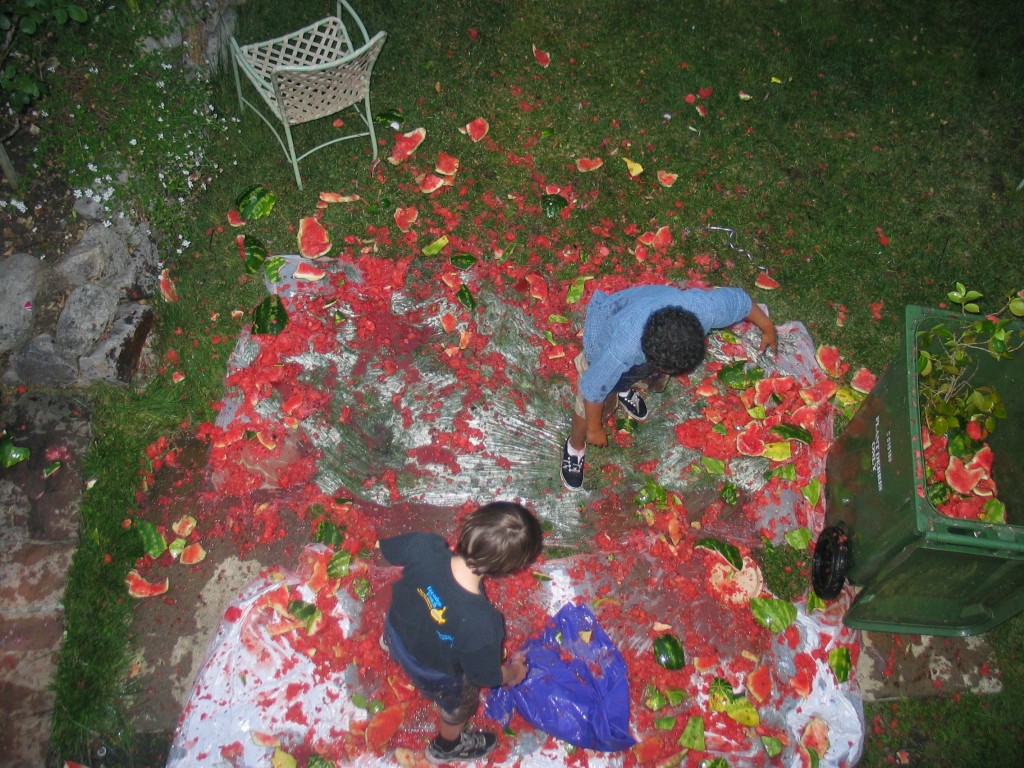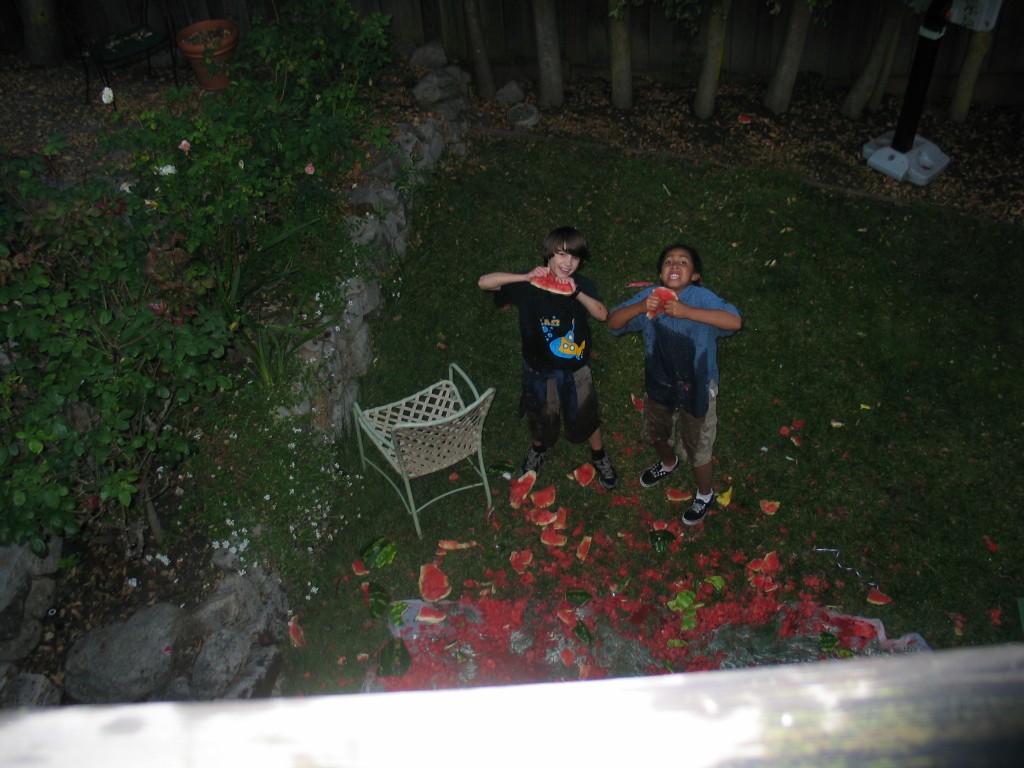“Hi, I’m Yurit,” said the tall lanky man, “…like you’re it.”
“Nice to meet you,” I said, studying his wisps of blonde hair and trying to guess the origins of his European accent.
“Have you had a lesson before?” he said.
“No, this is my first one,” I said.
“Oh, well, it’s a nice day,” said Yurit. “Why don’t you go over there and find a wetsuit and lifejacket.”
He was already dressed in a slightly beat up pair of waterproof yellow pants and windbreaker.
It was my first sailing lesson in at least 25 years. I had decided it was time to stop dreaming about being on the water every time I drove alongside the bay and just do it. I had started sailing when I was 10 or 11 and continued until sometime in high school. I had loved the feeling of being on the open water, the fun of controlling a little boat, and the magnificent views of the bay. Eventually I got too busy to sail much and the last time I remember taking my boat out was to give my boyfriend, now husband, a ride. He was nervous, not being a water person, and the boat was pretty tiny and prone to tipping. After that I moved to Chicago for several years and my sailing career was put on a long hold.
I went to the storeroom to find a wetsuit. As a kid I had never worn a wetsuit. Kids don’t get cold easily. However, it appeared that all the adults at this club wore wetsuits. I had no idea which was my size and I must have picked a child’s version. I could barely get it on. Once on, I could barely breath. This must be wrong, I thought, and I spent a panicky 5 minutes trying to peel the thing off. It probably didn’t help that I had forgotten to bring a bathing suit and was trying to wear the wetsuit over my clothes. I’ll have to remember that next time, I thought. I went back to the rack and found a slightly bigger suit.
“Are you OK in there,” called Yurit.
“Yes, I got the wrong size wetsuit but I’m doing better now,” I said, feeling like I was possibly failing before I ever got onto the water.
When I finally came out of the changing room, there was another student waiting, a young guy with fashionable sunglasses and a serious demeanor. We introduced ourselves (his name was Ryan) and I made a joke about how getting the wetsuit on was probably the hardest part of sailing. Ryan didn’t smile. I guess he was serious about this class.
We stood in the boatyard for a few minutes while Yurit led us through the steps of checking the boat rigging and using the hoist to drop the boat in the water. At some point, I asked Yurit where he was from and he said, “Holland, the United States of Europe.” I wasn’t exactly sure what he meant (was that a joke about Holland being similar to the U.S.?) but I could see that his native land had endowed him with a precise and detailed way of explaining things.
Once we had the boat in the water, we climbed aboard gingerly, so as not to capsize the boat or fall into the water ourselves, and Yurit hoisted the sail, lowered the rudder and sailed us away from the dock.
I was almost giddy with excitement. It was a warm September day, with a gentle breeze and few waves. It was a perfect day for my first lesson. My heart felt so full as I took in the view of the Berkeley hills, fascinated by how different the city looks from the water than from land. Somehow the hills looked so much bigger, dwarfing the buildings. The city looked like a small model, each landmark like a child’s toy–there was the Campanile, tall and white, and over there was the Claremont Hotel, stretching out grandly. I recalled sailing as a child in a little cove between Tiburon and Belvedere and seeing the houses hanging off hillsides. There were huge old houses, summer homes from another century, each one different and unique. I never got tired of looking at that view and the view of the water sparkling out toward the San Francisco skyline. Time stands still when you are on the water, as you enter a different space. Even as a child I could appreciate the slowing down of time and the chance to look at things from a different perspective. Certainly I wasn’t unique though. I think most children enjoy taking things slowly, living in the moment. It’s adults who have more trouble separating from busyness.
As our boat cut through the water, Yurit kept up an almost incessant dialogue of questions and explanations: How can you tell where the wind is coming from? How can you slow down your boat? What is tacking? Do you know the different between tacking and jibing? I was really only half paying attention to all the words. I just wanted him to stop talking for a while. I thought, it’s so beautiful out here. Why are you ruining it with all this talk? In my memories I remembered sailing being quiet, just the sound of waves and the pleasure of taking in the scenery. Then I remembered, oh, right, this is a lesson after all. I guess he is supposed to be teaching us stuff. I remembered back to my childhood lessons and realized that there had been a lot of instruction involved. There were hours on the dock spent learning how to rig the boats, tie knots and memorize sailing terms. There were some dramatic moments too, like the time I forgot to put the plug in the my boat and almost sank. And there was also plenty of social navigation, as sailing with a friend or teacher involves good communication and teamwork. Somehow, though, I had mostly remembered the peaceful solitary moments. Maybe I had reduced the experience to just this one aspect. How often do we do that with experiences in our lives? We just remember one part of it strongly but forgot the other really valuable lessons we learn.
That day our little group of three spent more than an hour on the water, Ryan and I both piloting the boat, getting the feel for the tiller and the sail, Yurit continuing to give us tips, terms and facts. We practiced tacking and Yurit instructed us to say, “Ready to tack” and then “Helm’s allee” as we tacked and “ready to jibe and jibe ho.” Since I had only sailed solo before I had never had to give instructions to a crew. This “helm’s allee” and “jibe ho” business seemed sort of silly to me. I wondered if Yurit had a dry sense of humor and was trying to humor us. “Do people actually say these things? I asked. Oh, yes, yes,” he said with a smile. “Those are real terms. Sailors use all kinds of old-fashioned sailing words.”
By the end of that first lesson, I was happy to be back on the water. I realized that re-learning these skills would take a little more work than I thought. I also realized that sailing was going to have even more to offer than I remembered or expected and I was thankful for that.
A few days later, I took a second lesson. This time I paid close attention to all the instructions, kept my eyes on the boat, asked questions. I looked wisftully at the view a few times, but realized this part of the experience would come later.


